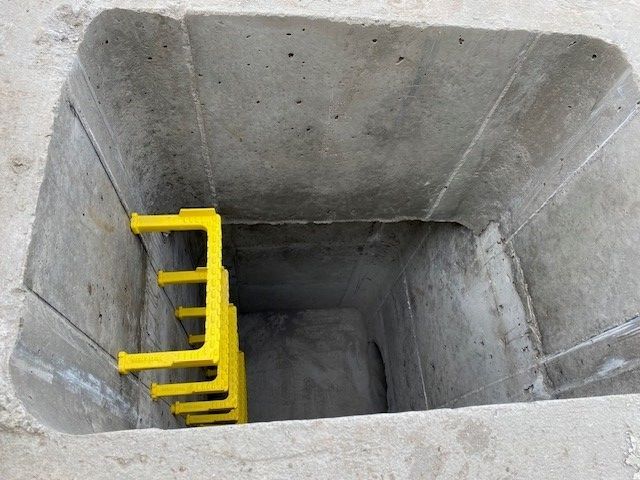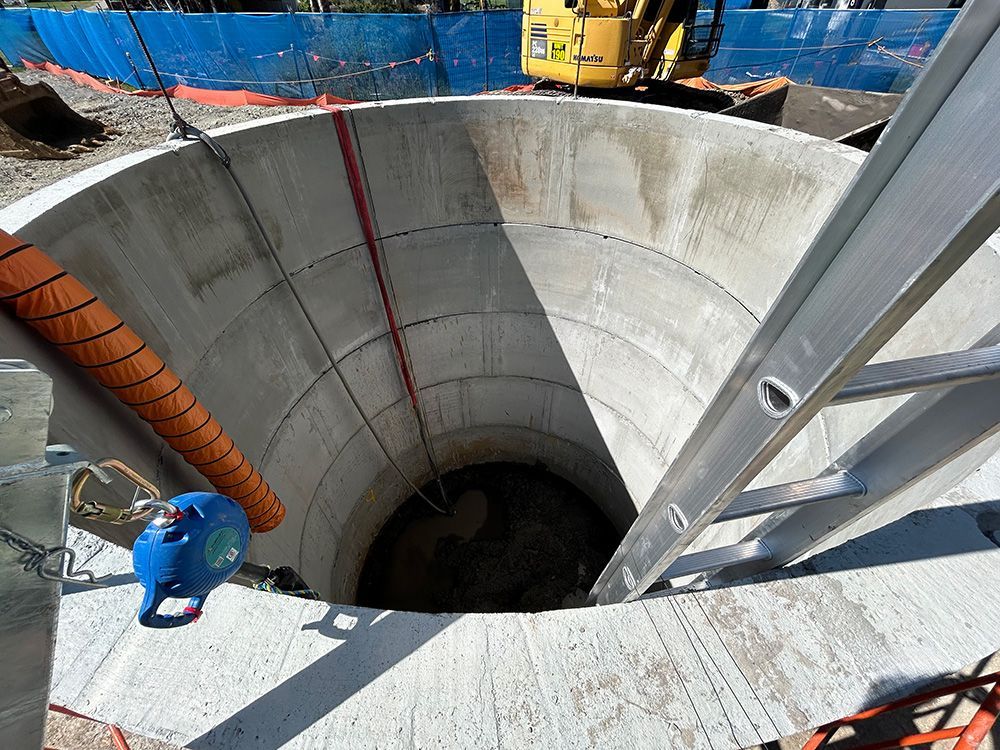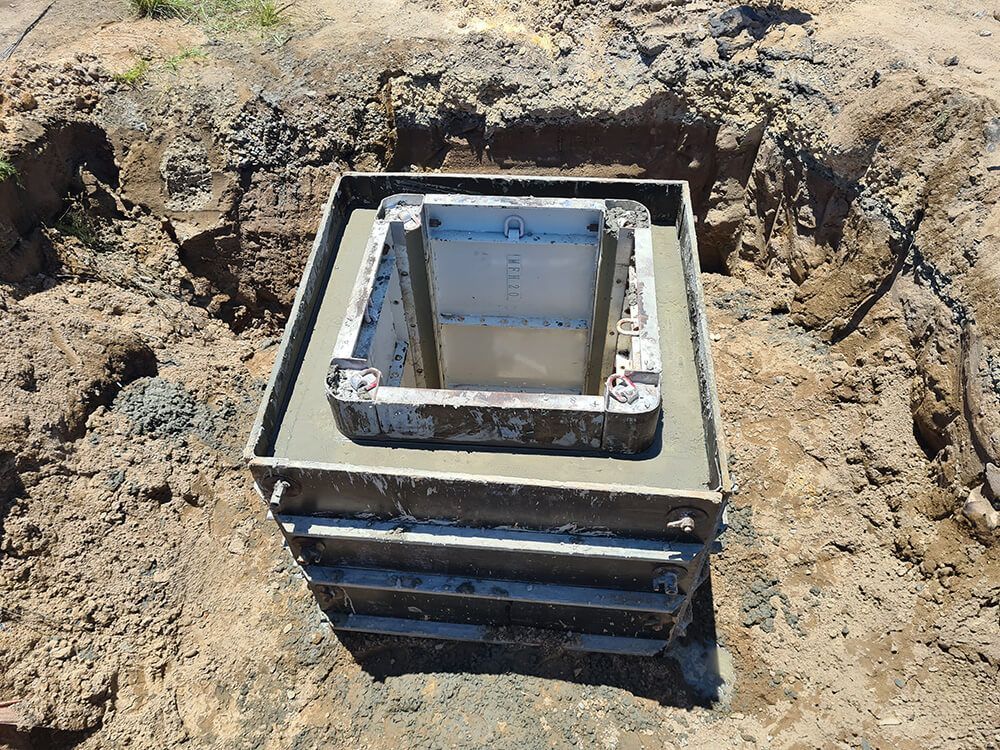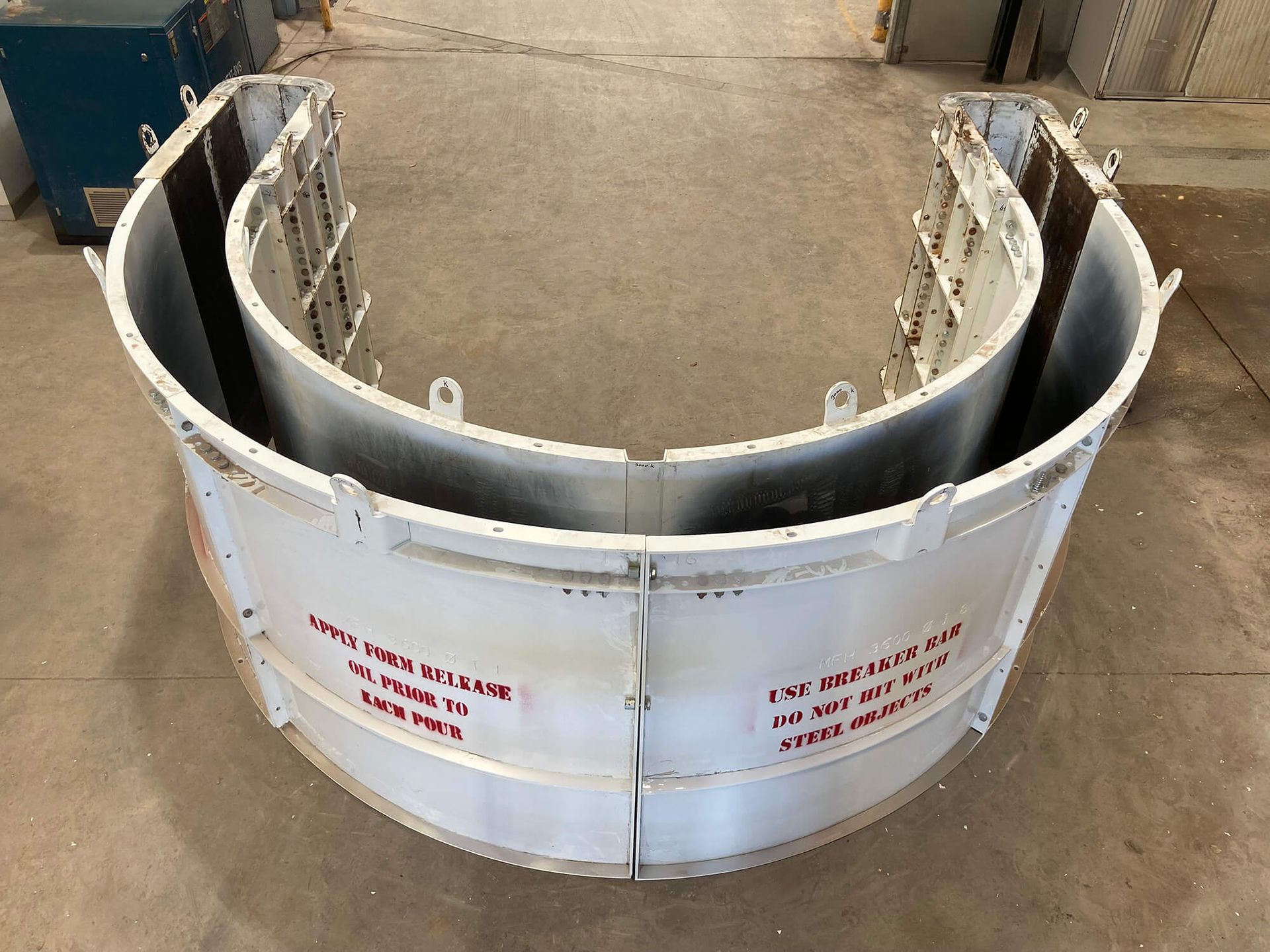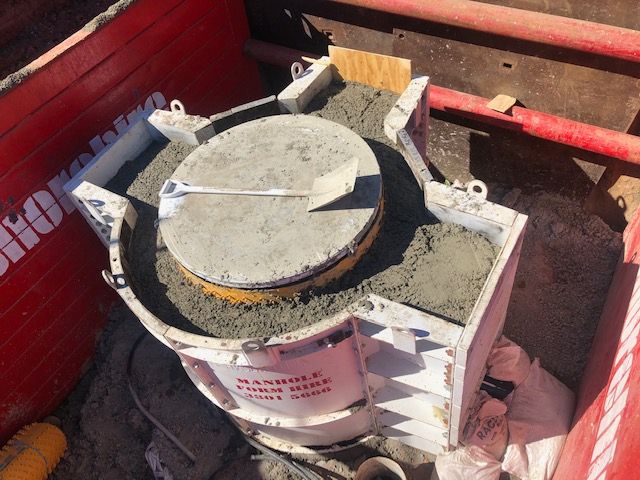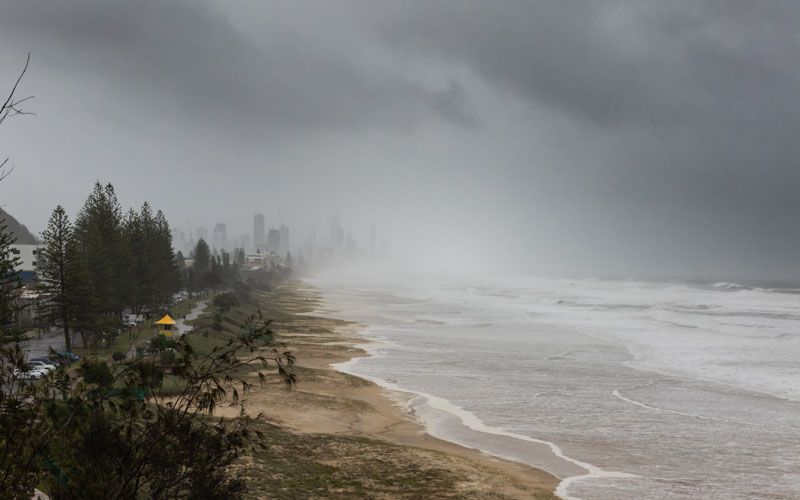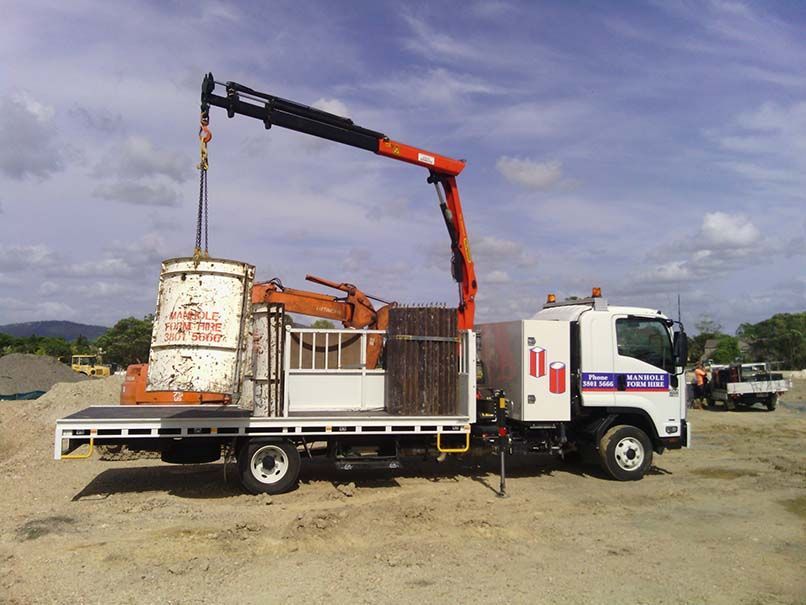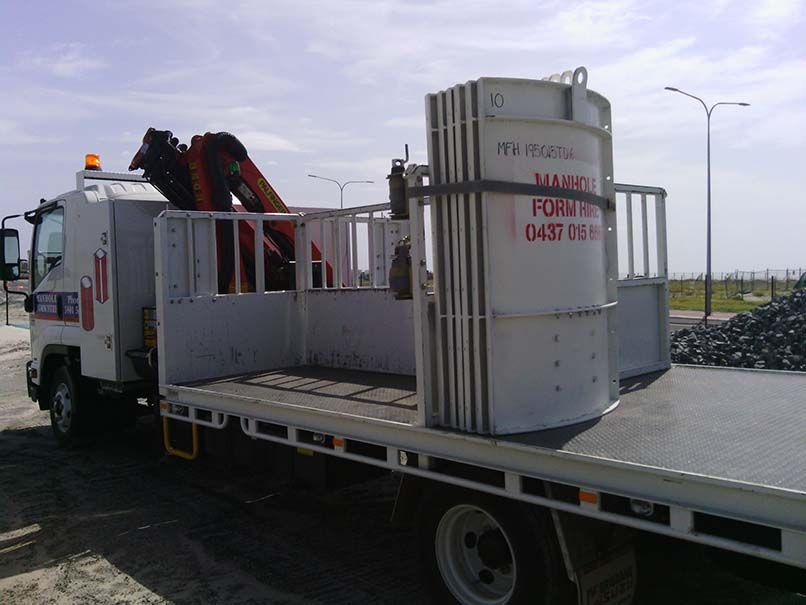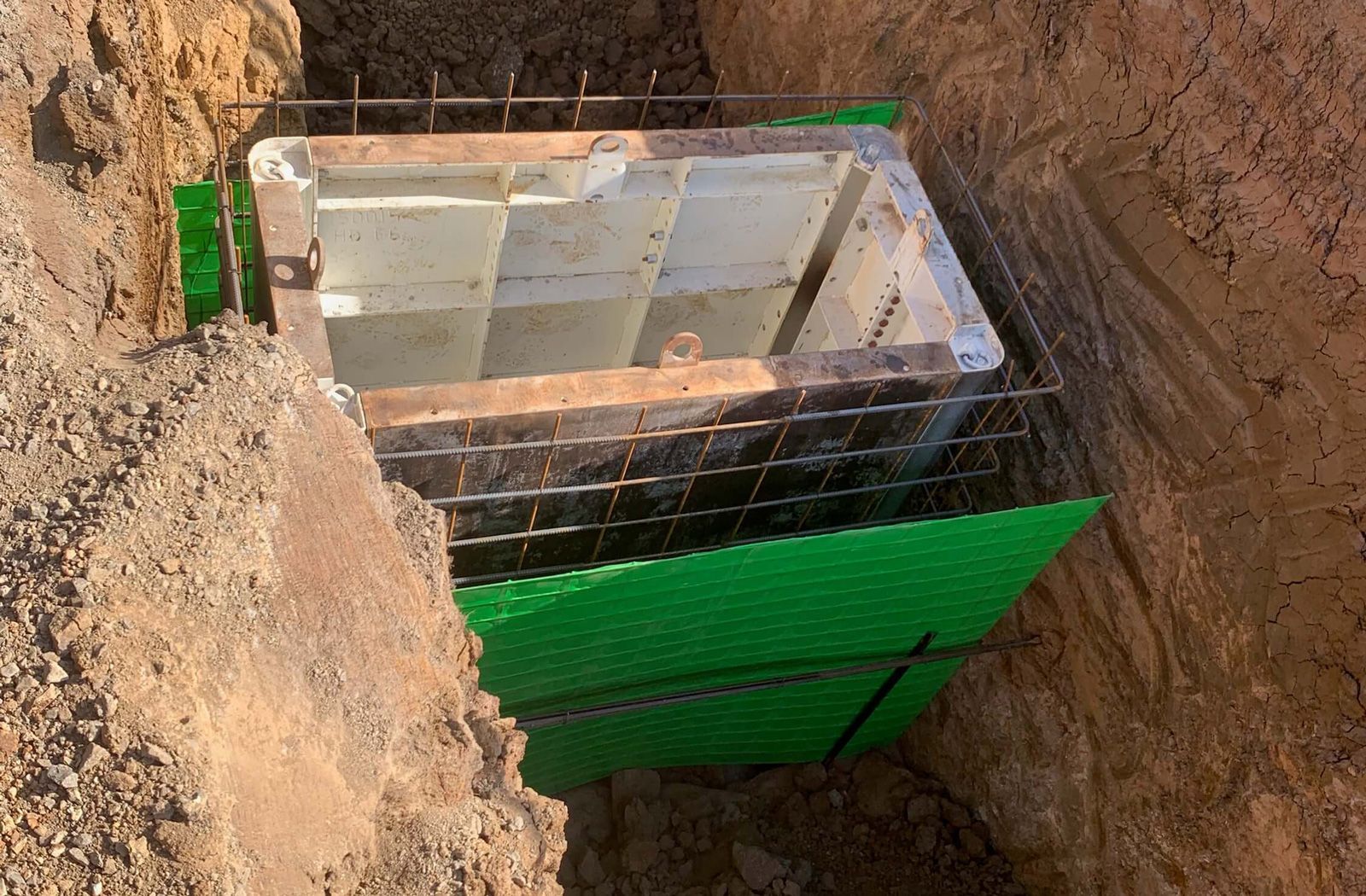To protect infrastructure and ensure excess amounts of water are effectively diverted, you need proper drainage. A popular go-to method to achieve this in Australia is the installation of gully pits. If you’ve been wondering what a gully pit is, and how it’s used – you’re not alone!
Gully pits serve as a drainage system component, collecting runoff water and preventing stormwater build-up. But what exactly are they? How are they made? And how do they drain water? In this guide, we’ll explore the applications of gully pits and how you can effortlessly construct them using pit forms.
-
What is a gully pit?
A gully pit, or catch basin, is a structure made of durable materials like concrete. It’s usually installed at ground level or slightly below and serves as an inlet for stormwater runoff when water levels become high. Its primary purpose is to collect rainwater and prevent it from accumulating on roads, streets, or other paved surfaces, effectively managing and redirecting the water flow.
They serve an important role in ensuring roadways and other public use areas remain free of water which could cause accidents or immobility, making them an essential part of stormwater management.
-
What is the function of a gully?
The function of a gully pit is crucial in stormwater management. Acting as a collection point, it intercepts rainwater and surface runoff, preventing flooding and water accumulation. These gully pits serve as the entrance to the wider drainage system, allowing water to flow underground or directing it to natural water bodies like rivers and lakes.
By efficiently capturing and conveying stormwater, gully pits contribute to the safety and functionality of urban areas. It also means that the water redirected is moved to appropriate areas which can handle the additional flow.
-
How do you install a concrete gully?
Installing a concrete gully requires careful planning and execution. First, the area where the gully pit will be installed is marked and excavated to the required depth. The dimensions of the pit are determined based on its intended capacity and the volume of runoff it needs to accommodate. Once the excavation is complete, a concrete base is laid, ensuring a level and stable foundation.
This is the part where things can become tricky. Installing a perfect, stable gully pit can be hard to do with precast forms. This is because the dimensions you may require can be hard to get, as they may be completely custom for your project. But with industry leading options like gully pit forms, you can effortlessly pour concrete knowing it will meet your required dimensions. After this, a grating or slotted cover is installed to prevent debris from entering the drainage system.
-
How deep should a gully be?
The depth of a gully pit depends on various factors, such as the local climate, rainfall intensity, and the size of the drainage system it connects to. The depth typically ranges between 600 to 900 millimetres, allowing sufficient capacity for capturing and managing stormwater runoff effectively.
But generally, gully pits are designed to be deep enough to handle anticipated water volumes and prevent overflow. To decide the depth, we encourage you to seek professional advice.
-
Why is it called gully?
The term "gully" originates from its function and resemblance to natural watercourses found in hilly or mountainous regions. In such landscapes, a gully refers to a narrow channel or ravine formed by erosion caused by water runoff. When these drainage structures were introduced in urban settings to mimic the natural gullies, the name stuck, describing their purpose and appearance.
You can easily install gully pits with Manhole Form Hire
Gully pits, or catch basins, are vital components of drainage systems, efficiently managing stormwater runoff and preventing flooding. With their practical design and purpose, gully pits contribute to the management excess water. If you’re interested in installing a gully pit the easy way, our gully pit forms are perfect for your needs. We make it our mission to make your installation as effortless and fast-paced as possible, so contect our team today for all the hire options you need.
Get a quick quote
We will get back to you as soon as possible.
Please try again later.
Contact us
If you have any questions about our manhole form hire options or any of our other products, don't hesitate to contact us. Servicing across Australia, including Queensland, New South Wales, and Victoria, our team of experts are always ready to help you find the right manhole forms for your needs and provide support. Whether you’re building a manhole for civil or council purposes, our forms are perfect for you. Either fill in our enquiry form or give us a call to get in touch today.
2 Freight St, Gold Coast QLD 4207, Australia
Trading Hours
- Mon - Thu
- -
- Friday
- -
- Sat - Sun
- Closed

